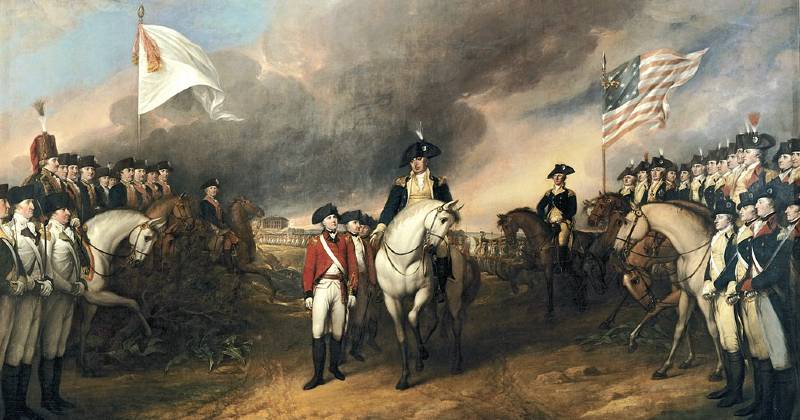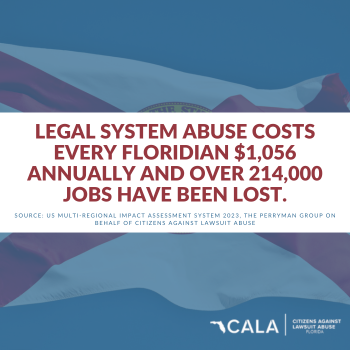We properly celebrate Independence Day for our country on July 4, but we often overlook the heroic efforts that led up to that day. As the holidays approach, let’s remember the battles that turned the tide in the War for Independence and turned the world upside down.
When the first shots were fired in April 1775, the British thought they would put a rapid end to the rebellion by the American Colonies. However, they did not foresee nor count on the deep belief and enduring faith that the colonists had in their desire for freedom and in their leader, General George Washington. The war had gone on for six years and the British, as the greatest empire in the world, still believed that they would put down the rebellion.
In the summer of 1780, the American forces received a much-needed boost – the arrival of 5,500 French troops in Newport, Rhode Island, under the command of General Rochambeau. France had been sending supplies and financial aid to the American Army, but when England and France declared war against each other, France sent troops and ships to assist the American army. This was a great tactical move by the French because the British would have to continue sending troops to put down the rebellion of the American colonies instead of sending them to fight a war with France.
When Rochambeau arrived, the British forces were split into two armies. The army under General Clinton were camped in New York City and the army under General Cornwallis had marched through the southern colonies, capturing Savannah and Charleston, and were now camped at Yorktown.
In the early spring of 1781, Washington traveled to Rhode Island to meet with Rochambeau and plan an attack on Clinton in New York City. The two generals expected the French fleet to arrive in New York later that summer, and Washington wanted to coordinate the attack with the French fleet’s arrival. In July 1781, Rochambeau’s troops joined with Washington’s troops outside New York City, only to learn that the French fleet was sailing to the Chesapeake Bay. With this news, Washington decided to march his army south, meet up with the French fleet, and lay siege to Yorktown.
The French fleet entered the lower Chesapeake Bay at the end of August and disembarked 3,000 French troops to wait for Washington and Rochambeau in Williamsburg. On September 5, they encountered the British fleet in a naval engagement known as the Battle of the Capes. The British suffered damage to their ships and returned to New York, while the French, commanded by Admiral de Grasse, remained in the lower Chesapeake and established a blockade.
By the end of September, approximately 17,600 American and French soldiers were gathered in Williamsburg, while only 8,300 British soldiers were occupying Yorktown. Cornwallis recognized the odds were in favor of Washington, so he sent Clinton a note asking for help. Clinton responded that a British fleet with 5,000 men would sail for Yorktown from New York on October 5.
Cornwallis held out hope that the promised relief force of 5,000 men would arrive from New York. Outnumbered more than 2-to-1, he ordered his men to abandon the outer encampment around the town and fall back to the main line of fortifications. On the night of October 5/6, the French and Americans began construction of the first siege line. By dawn, a 2,000-yard long trench opposed the southeast side of the British works. Two days later, Washington personally fired the first shot at Yorktown that ultimately led to the surrender of the British. But, as Paul Harvey would say, “here’s the rest of the story”.
Offshore, the French fleet effectively blocked aid from Cornwallis while Washington made life unbearable for the British troops with three weeks of shelling. Thomas Nelson ,a signer of the Declaration of Independence, the governor of Virginia in 1781, and commander of the Virginia militia during the 1781 siege of his hometown was a true patriot. He urged General Washington to fire on his own home, the Nelson House, where Cornwallis had his headquarters. His home here in Yorktown still bears damage from the bombardment during the siege.
On October 11th. Cornwallis had the misfortune to learn that Clinton’s departure from New York had been delayed. On the night of October 14th, 400 French stormed redoubt 9 and 400 Americans stormed redoubt 10, capturing them in less than 30 minutes. Nine Americans and 15 French died in this brief and heroic action. On October 16th, the British tried two desperation moves. First, they attacked the allied center, and attempted to silence a French Battery, but the French cannons were firing again in less than six hours. That night they tried to evacuate Yorktown by crossing the York River in small boats to Gloucester Point. A violent windstorm arose at midnight scattering the boats and forcing an abandonment of the escape.
Realizing the situation was hopeless, Cornwallis sent forth a British drummer on October 17, followed by a British officer with a white flag and note indicating a request for a cease-fire. On, October 18, four officers–one American, one French and two British–met at the Moore House, one mile outside Yorktown, to settle surrender terms. Cornwallis attempted to obtain the same favorable terms of surrender that Major General John Burgoyne had received at Saratoga. This was refused by Washington, who imposed the same harsh conditions that the British had demanded of Major General Benjamin Lincoln the year before at Charleston, SC.
The final surrender documents were signed on October 19th. At noon the French and American armies lined up to await the British surrender. Two hours later, the British marched out with flags furled and their bands playing ”The World Turned Upside Down.” Claiming he was ill, Cornwallis sent Brigadier General Charles O’Hara in his stead. O’Hara attempted to surrender to Rochambeau but was instructed by the Frenchman to approach the Americans. As Cornwallis was not present, Washington directed O’Hara to surrender to Lincoln, who was now serving as his second-in-command.
Although the war continued on the high seas and in other theaters, the Patriot victory at Yorktown ended virtually all of the fighting in the American colonies. Peace negotiations began in 1782, and on September 3, 1783, the Treaty of Paris was signed, formally recognizing the United States as a free and independent nation after eight years of war.
So as we get ready for the rush of the holidays, let’s remember that rag-tag army of farmers, shopkeepers, teachers, and others who defeated the world’s greatest army and navy. Let’s celebrate when our forefathers indeed turned the world upside down.
Lindsey Brock is based in McLeod Brock’s Jacksonville office. His practice focuses on maritime, logistics, and commercial litigation, as well as public policy matters. He served two terms as the chair of the Admiralty Law Committee of the Florida Bar and authored the Cargo Law section of the Fla. Bar’s Admiralty Law Desk Book. In 2019 Lindsey was appointed by Jacksonville City Council President Aaron Bowman to chair the Charter Revision Commission, which meets every 10 years to make recommendations as to the structure and governance of the city’s government










